Related Research Articles

Ansel Easton Adams was an American landscape photographer and environmentalist known for his black-and-white images of the American West. He helped found Group f/64, an association of photographers advocating "pure" photography which favored sharp focus and the use of the full tonal range of a photograph. He and Fred Archer developed a system of image-making called the Zone System, a method of achieving a desired final print through a technical understanding of how the tonal range of an image is the result of choices made in exposure, negative development, and printing.
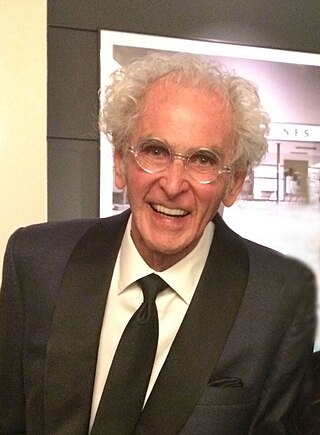
Jerry Norman Uelsmann was an American photographer.
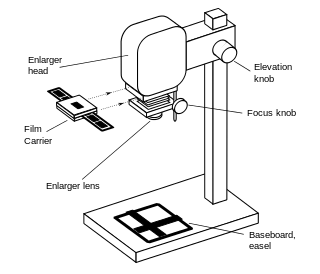
An enlarger is a specialized transparency projector used to produce photographic prints from film or glass negatives, or from transparencies.

Andreas Bernhard Lyonel Feininger was an American photographer and a writer on photographic technique. He was noted for his dynamic black-and-white scenes of Manhattan and for studies of the structures of natural objects.

Minor Martin White was an American photographer, theoretician, critic, and educator. He had an intense interest in how people viewed and thought about photographs and a personal vision guided by several spiritual and intellectual philosophies.

A photogram is a photographic image made without a camera by placing objects directly onto the surface of a light-sensitive material such as photographic paper and then exposing it to light.

Aperture magazine, based in New York City, is an international quarterly journal specializing in photography. Founded in 1952, Aperture magazine is the flagship publication of Aperture Foundation.

Stephen Shore is an American photographer known for his images of banal scenes and objects, and for his pioneering use of color in art photography. His books include Uncommon Places (1982) and American Surfaces (1999), photographs that he took on cross-country road trips in the 1970s.
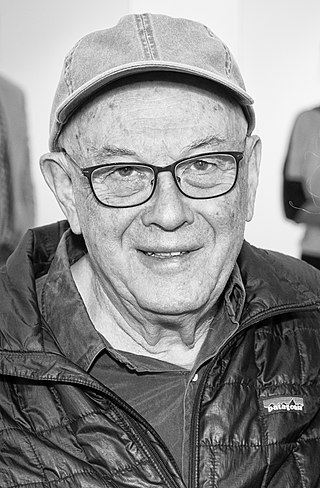
Bruce Landon Davidson is an American photographer. He has been a member of the Magnum Photos agency since 1958. His photographs, notably those taken in Harlem, New York City, have been widely exhibited and published. He is known for photographing communities usually hostile to outsiders.
Beaumont Newhall was an American curator, art historian, writer, photographer, and the second director of the George Eastman Museum. His book The History of Photography remains one of the most significant accounts in the field and has become a classic photographic history textbook. Newhall was the recipient of numerous awards and accolades for his accomplishments in the study of photo history.
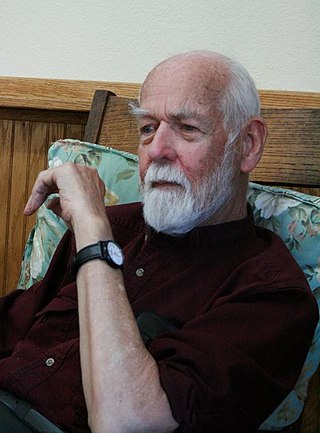
David Vestal was an American photographer of the New York school, a critic, and teacher.
Nathan Lyons was an American photographer, curator, and educator. He exhibited his photographs from 1956 onwards, produced books of his own and edited those of others.

Benjamen Chinn was an American photographer known especially for his black and white images of Chinatown, San Francisco and of Paris, France in the late 1940s and early 1950s.

Darkroom manipulation is a traditional method of manipulating photographs without the use of computers. Some of the common techniques for darkroom manipulation are dodging, burning, and masking, which though similar conceptually to digital manipulations, involve physical rather than virtual techniques. Darkroom manipulations are those processes used, for example, to remove unwanted areas and change image background, among others. Varying techniques can be used to accomplish the same tasks.
Walter Landon Chappell was an American photographer and poet, primarily known for his black and white photography of landscapes, nature, and the human body.

Arnold Doren (1935–2003) was an American photographer.

Dody Weston Thompson was a 20th-century American photographer and chronicler of the history and craft of photography. She learned the art in 1947 and developed her own expression of “straight” or realistic photography, the style that emerged in Northern California in the 1930s. Dody worked closely with contemporary icons Edward Weston, Brett Weston and Ansel Adams during the late 1940s and through the 1950s, with additional collaboration with Brett Weston in the 1980s.
Carl Chiarenza is an American art photographer. He works predominantly in black and white photography. From 1979, he has worked entirely in the studio, creating abstract compositions using materials such as torn paper and aluminum foil.
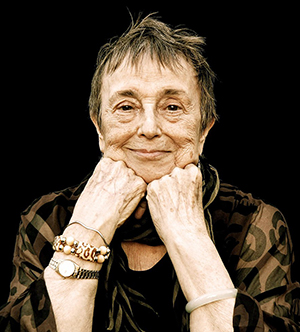
Zoe Lowenthal Brown was an American photographer, painter, technical writer and editor. Her work as a photographer has been affiliated with Minor White.
References
- ↑ Collection on Ralph M. Hattersley, RIT Archives
- ↑ Rand, Glenn; Zakia, Richard D., Richard D (2013), Teaching photography : tools for the imaging educator, Burlington, MA. Abingdon, Oxon Focal Press, Taylor & Francis Group, ISBN 978-0-240-80767-6
- ↑ Stuart, N. (2007). Photographic Higher Education in the United States. 210-215.
- ↑ HATTERSLEY, R. (1962). NOTIONS ON THE CRITICISMS OF VISUAL PHOTOGRAPHY. Aperture, 10(3 [39]), 91-115.
- ↑ American Society of Magazine Photographers; ASMP-The Society of Photographers in Communications (1952), Infinity, American Society of Magazine Photographers, ISSN 0019-9583
- ↑ Bair, N. (2017). Their Daily Bread: American Sponsorship and Magnum Photos’ Global Network. American Art, 31(2), 109-117.
- ↑ CATALYSTS FOR CONTEMPLATION. (1972). Aperture (Archive : 1952-2005), 17(1), 79-92.
- ↑ Hattersley, R. (2004). Printing as meditation. Shutterbug. December, pp. 154, 170, 171.
- ↑ Zakia, R. (2007). Perception, Evidence, Truth, and Seeing. 460-469.
- ↑ White, M. (1964). Te deum zeitgeist drift: EDITORIAL. Aperture, 11(2 [42]).
- ↑ Hattersley, Ralph (1971), Discover your self through photography : a creative workbook for amateur and professional, Association Press, ISBN 978-0-8096-1784-5
- ↑ Weiser, J. (2001). Phototherapy techniques: Using clients' personal snapshots and family photos as counseling and therapy tools. Afterimage, 29(3), 10-15.
- ↑ Martin, T. (1986). STARS, STRIPES AND SURPRISES. The British Journal of Photography (Archive : 1860-2005), 810, 815, 817.
- ↑ The quiet American.(graphic designer Herb Lubalin). (2012). Creative Review, 52.
- ↑ New York Magazine, 17 Jan 1972, Vol. 5, No. 3, p.61, ISSN 0028-7369, New York Media, LLC
- ↑ For example Popular Photography, Sep 1981, Vol. 88, No. 9, p.108-111, ISSN 1542-0337
- ↑ Eodice, Lynne. (2000). Pete Turner: Graphic Colorist. Petersen's Photographic, 28(11), 22-27.
- ↑ Skinner, Peter. (1997). Pete Turner: Master of bold imagery. (photographer). Petersen's Photographic, 26(5), 39.
- ↑ Misselbeck, R. (2011). Uelsmann, Jerry N. (11 June 1934). The Grove Encyclopedia of American Art, The Grove Encyclopedia of American Art.
- ↑ Roland, C. (1993). An Interview with Jerry Uelsmann: Master Photographer and Teacher. Art Education, 46(3), 56-62.
- ↑ Bunnell, P. (1970). Jerry N. Uelsmann. Aperture (Archive : 1952-2005), 15(4), 3-88.
- ↑ Gilden, B. (1977). CONEY ISLAND. The British Journal of Photography (Archive : 1860-2005), 124(6078), 55-57.
- ↑ Cotton, C. (2015). Bruce Davidson. Aperture, (220), 94-107.
- ↑ Pelizzari, M. (1997). Nathan Lyons: An interview. History of Photography, 21(2), 147-155.
- ↑ Browning, Hugh C. (2004). Still lifes from alleys: Why take photographs in alleys? Oscar Wilde gave a partial answer when he wrote: "the only things worth doing are those the world is surprised at.". PSA Journal, 70(4), 32.
- ↑ Arno Rafael Minkkinen Bio at PhotoEye
- ↑ CREATIVE AUDIENCE. (1984). Aperture (Archive : 1952-2005), (95), 38-44.
- ↑ SUZANNE DRISCOLL (2014) BRINGING ART TO PHOTOGRAPHY: The Work Of Carl Chiarenza’. In Shutterbug, May, 2014, p.2-5
- ↑ ’Legends of the lens: ‘University Magazine’ gets up close and personal with three great photographers’. In University Magazine, Winter 2008-2009, Rochester Institute of Technology. p.17-22